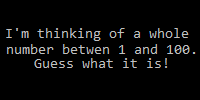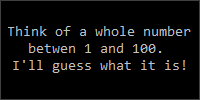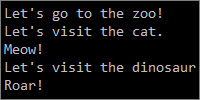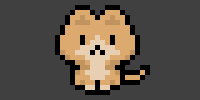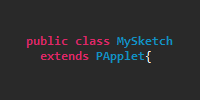Swing Control Window
Swing Control Window
This program creates a Java application that contains a Processing sketch and a Swing GUI. The Swing GUI contains a button that shows a color picker, and that color is sent to the Processing sketch to be displayed.
First off, here’s the ProcessingSketch class:
import processing.core.PApplet;
public class ProcessingSketch extends PApplet{
private float red = 64;
private float green = 64;
private float blue = 64;
public void settings(){
size(500, 500);
}
public void draw(){
background(red, green, blue);
}
public void setColor(float red, float green, float blue) {
this.red = red;
this.green = green;
this.blue = blue;
}
public void run(){
String[] processingArgs = {"ProcessingSketch"};
PApplet.runSketch(processingArgs, this);
}
}
This class contains variables that keep track of a color, a draw() function that displays that color, and a setColor() function that sets those variables. It also contains a run() function that calls the PApplet.runSketch() function to run this as a sketch. Notice that it uses the this keyword to pass itself in as a parameter.
Here’s the SwingGui class:
import java.awt.Color;
import java.awt.event.ActionEvent;
import java.awt.event.ActionListener;
import javax.swing.JButton;
import javax.swing.JColorChooser;
import javax.swing.JFrame;
public class SwingGui {
private JFrame frame;
public SwingGui(ProcessingSketch sketch){
frame = new JFrame("Controls");
frame.setDefaultCloseOperation(JFrame.EXIT_ON_CLOSE);
JButton pickColor = new JButton("Color...");
pickColor.addActionListener(new ActionListener(){
@Override
public void actionPerformed(ActionEvent e){
Color color = JColorChooser.showDialog(pickColor, "Color Picker", Color.RED);
sketch.setColor(color.getRed(), color.getGreen(), color.getBlue());
}
});
frame.add(pickColor);
frame.setSize(200, 100);
}
public void show(){
frame.setVisible(true);
}
}
This class creates a Swing GUI that contains a button. When that button is pressed, the JColorChooser.showDialog() function is called, which lets the user pick a color. That color is sent to the ProcessingSketch instance, which is passed in as a parameter.
Finally, here’s the Main class:
public class Main {
public static void main(String[] args){
ProcessingSketch sketch = new ProcessingSketch();
SwingGui swingGui = new SwingGui(sketch);
sketch.run();
swingGui.show();
}
}
This class just creates instances of the ProcessingSketch and SwingGui classes, passing the ProcessingSketch instance into the SwingGui constructor. Then it calls the run() and show() functions to display both screens:
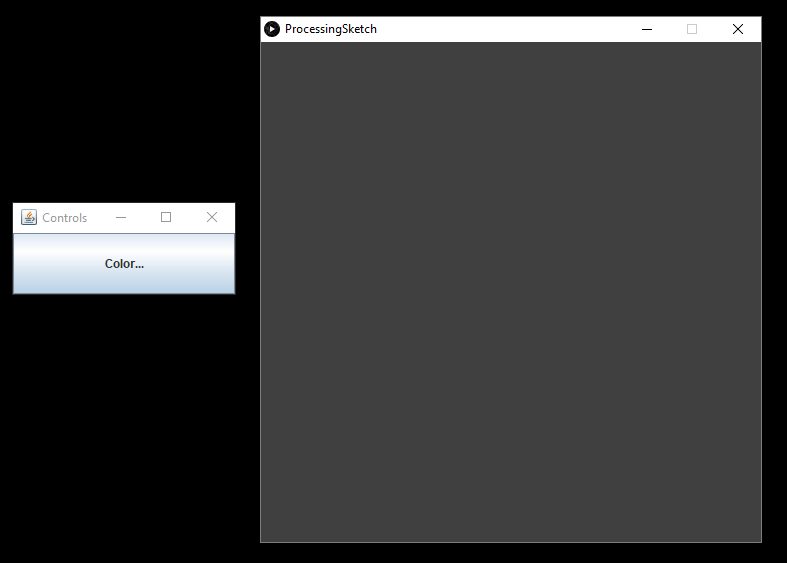
When the user clicks the button, a color picker is shown:
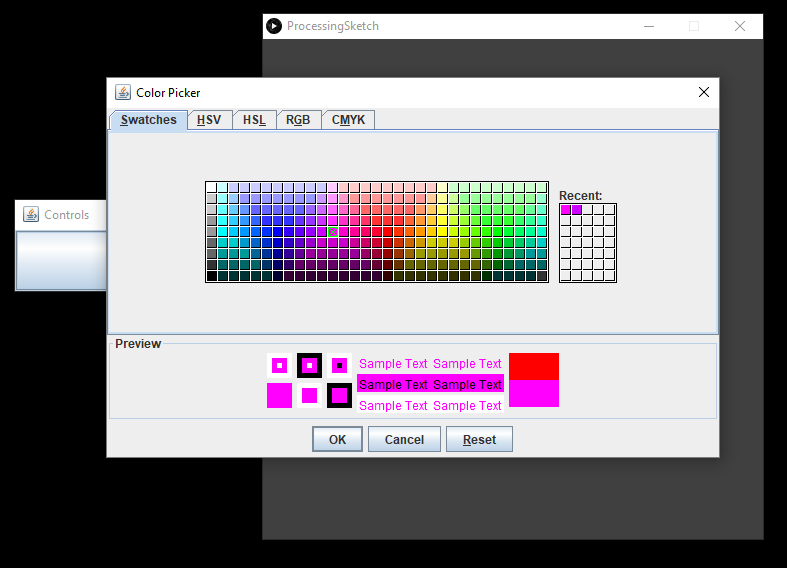
Note that this is a Swing component, and we don’t have to do anything special to display it. And when a user picks a color from it, our code communicates that color from Swing to Processing, and the color in our Processing sketch changes:

This is just a basic example, but it shows the general setup of creating a Swing GUI and a Processing sketch and communicating data between them.
Tweak Ideas
- Make it so only one window is shown at a time. First show the Swing GUI and allow a user to pick a color, and then show the Processing sketch after the settings were chosen. Bonus: add a button to the Processing sketch that goes back to the Swing control window.
- Create a Swing GUI that lets a user specify input to a procedural generator, which is drawn in Processing.



